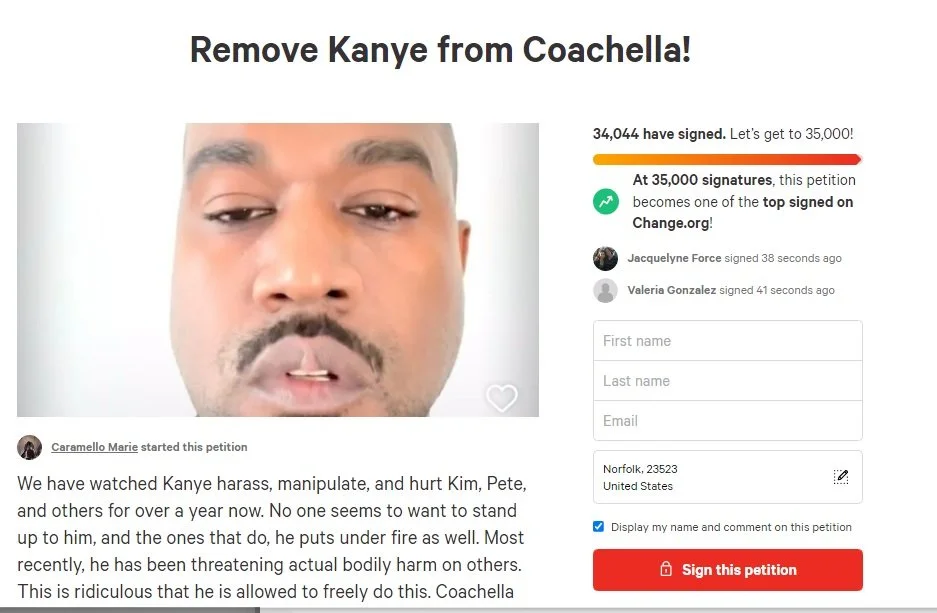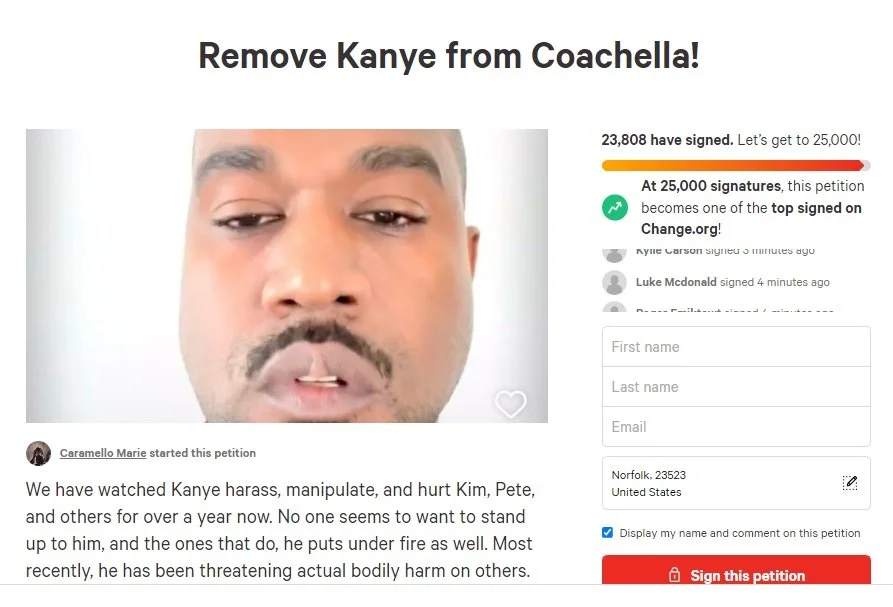‘Willful Recklessness’: Trump Pushes for Indefinite Family Detention As Sanitary Crisis Mounts
/By Renée Feltz. First published on Rewire.News
At the Greyhound bus station in San Antonio, Texas, you can easily spot the mothers and children who were released by immigration authorities from a facility run by the private prison company CoreCivic. The women wear what amount to prison uniforms: dark-wash jeans, pastel or red t-shirts or sweatshirts, and generic tennis shoes. Their sons and daughters, ranging from infants to tweens, all wear similar shirts and shoes with maroon sweatpants.
One mother, named Corina, ran her fingers through her 10-year-old son’s hair as he leaned on her shoulder this past Saturday and waited for a bus to Oklahoma, where their sponsor lives. It was the next step of their journey to escape violence in Guatemala. Earlier in June they had been taken into custody by U.S. Border Patrol agents in South Texas, and crowded into an outdoor pen known as a perrera or “kennel,” where they were fed baloney sandwiches twice a day and slept on the ground. Then they were bussed to the sprawling 2,400-bed South Texas Family Residential Center in the small town of Dilley, and held 11 days in a room with two other families.
“Compared to the border, it was much cleaner,” she said Saturday, through an interpreter. “We had food and we were able to sleep,” even though at night dozens of lights illuminate what is currently the largest family detention center in the United States.
When pressed to describe what she might change about their time at the facility, she said only that she wished they had been held there for “menos tiempo”—“less time.”
But with the 2020 election approaching, the Trump administration is taking steps to extend the detention of migrant families despite documented concerns from the medical community—including two doctors under federal contract to monitor the facilities where migrant families are held. This comes just five years after President Barack Obama first opened three family detention centers in a failed attempt to deter an initial surge of Central American asylum seekers, even as studies show more humane alternatives like case management are just as effective for processing parents with children.
Immigration and Customs Enforcement (ICE) Acting Director Mark Morgan confirmed Wednesday that families who have already received removal orders would be targeted and put in detention after Trump tweeted Monday night that agents would begin removing “millions of illegal aliens” next week.
The Executive Office for Immigration Review (EOIR) has been tracking about 40,000 expedited family cases “regardless of whether they reflect a priority designation” in order to ensure they are completed “without undue delay” at ten immigration courts in Atlanta, Baltimore, Chicago, Denver, Houston, Los Angeles, Miami, New Orleans, New York City, and San Francisco. Nearly 8,000 of those cases have already ended with removal orders. These are some of the migrants ICE agents could now target.
The administration has buttressed its push to detain more families by arguing that few of them show up for their immigration court hearings if they are released. At a U.S. Senate Judiciary Committee hearing on June 11, Department of Homeland Security (DHS) Acting Secretary Kevin McAleenan said “family units” accounted for two-thirds of migrants processed at the Southwest border in May, and that 90 percent of families the EOIR was monitoring didn’t appear for court hearings. Several reports contradict this claim.
One case-by-case study of immigration court records showed “as of the end of May 2019 one or more removal hearings had already been held for nearly 47,000 newly arriving families seeking refuge in this country. Of these, almost six out of every seven families released from custody had shown up for their initial court hearing.”
The study further noted that “multiple hearings are [usually] required before a case is decided. For those who are represented, more than 99 percent had appeared at every hearing held.”
As part of the study, Transactional Records Access Clearinghouse also examined each indication that a family had failed to appear at their initial hearing, and found that in 83 percent of “in absentia” cases it was “unclear whether or not a hearing had actually occurred” since an immigration judge had already ruled. “Yet they were marked absent,” the authors note. “A puzzling conundrum.”
A photo published on May 16, 2019 by RAICES Texas, one of the largest aid organizations working on the border crisis.
Lifting the Limits on Child Incarceration
To build its case for indefinite detention, the administration has also pushed to end the 1997 FloresSettlement Agreement between the government and immigrant rights’ activists that outlines standards for incarcerating children and limits how long they can be held.
“Currently, due to a single district-court order, we cannot obtain effective immigration-enforcement results for the families arriving at our border—instead they cannot be held for longer than 21 days and they do not receive rulings from immigration courts for years,” McAleenan told lawmakers earlier this month.
McAleenan and Morgan support Republican South Carolina Sen. Lindsay Graham’s Secure and Protect Act, which would end the 1997 Flores Settlement Agreement and would raise the limit to 100 days. The bill would also give the DHS secretary “sole discretion to determine standards for detention related to migrant children,” according to the National Immigration Forum.
The Trump administration has also proposed updated regulations to replace Flores with a new program that allows ICE to detain families for the duration of their immigration proceedings.
“We are very worried about a return to indefinite family detention,” said Katy Murdza, advocacy coordinator for the Dilley Pro Bono Project, which helps prepare mothers and children for their credible fear interviews while they are locked up. “Our project was formed with the goal of shutting it down, and it is unfortunate that five years later we are still here.”
In April ICE confirmed the number of families held at the South Texas Family Residential Center had fallen to 709, even as families were held in overcrowded conditions at the border, prompting critics to suggest the agency had manufactured a crisis in order to generate support for funding more family detention capacity.
“It is probably part of political show … to make people think there is a crisis at the border that can’t be managed,” said Andrea Meza, director of family detention services for RAICES. She noted many families were released by border agents with notices to appear for their court hearing that listed no date or location, allowing the administration to “build its own rigged case for why we need more detention centers, and a wall, and to end asylum.”
An ICE spokesperson told Rewire.News that the Karnes County Residential Center was now only holding adult women “through at least July,” but that as of June 18 the population at Dilley had risen to “1,628 (members of family units).”
Whistleblowers Push Back
While a debate ensues over whether to call immigrant detention centers “concentration camps,” two of the most outspoken critics of their impact on children have been government whistleblowers who were hired in 2014 to serve as experts for DHS’ Office of Civil Rights and Civil Liberties. Dr. Scott Allen and Dr. Pamela McPherson were shocked at what they observed in 2014 when they visited the isolated desert town of Artesia, New Mexico, where DHS first held mothers and children in temporary buildings erected in the vacant field of a federal law enforcement training center.
“There was a lot of weight loss among the children there, and it struck us because you’d think that after their perilous journeys they would gain weight when given access to food,” Dr. Allen said Monday in a phone interview. “We would not expect this to happen if they were in a safe and healthy environment.”
Their concerns helped prompt officials to close Artesia by the end of 2014, but by then ICE had contracted with private prison company GEO Group to open another family detention center in a retrofitted medium-security men’s prison in Karnes County, Texas. During a visit there, the doctors found “the spring-loaded heavy steel doors of the cells resulted in dozens of serious finger injuries to children.”
After the South Texas Residential Center opened that December, they documented how “HQ and facility staff at Dilley failed to develop an adequate plan for typical parenting challenges like two-year-old’s biting or hitting peers and instead placed toddlers (with parent) in medical isolation for days.”
The American Medical Association, American Psychiatric Association, American Academy of Pediatrics, and American College of Physicians have all condemned family detention, but the facilities in Dilley and Karnes—as well as a smaller family detention center in Pennsylvania—remained open when Trump took office in 2017. The next year they were used to hold migrant parents who had been reunited with their children after outrage forced Trump to halt his “zero-tolerance” policy of separating them and charging the parents with illegal entry.
As the Trump administration urged the public to accept family detention as a solution to family separation, Allen and McPherson went public with their in-house reports and contacted key lawmakers in the U.S. House and Senate’s Judiciary and Homeland Security committees to raise concern.
“DHS’s expansion of family detention, which runs counter to the recommendations of its own subject-matter experts and the consensus of the medical community, not only constitutes knowing endangerment of children but has resulted in real harm,” according to the doctors.
Allen and McPherson are still under contract with DHS to monitor conditions in family detention centers, but have not been invited back since 2017.
In February, Trump declared the number of families arriving at the border a “national emergency,” decrying “an inability to provide detention space for many of these aliens while their removal proceedings are pending.” He has since requested funds for 10,000 family detention beds in his proposed annual budget, up from the current 3,000.
“It is really discouraging to me that our expertise is totally ignored,” Dr. Allen told Rewire.News. “It is a willful recklessness that I find deeply disturbing.”
Heading in the Wrong Direction
The Trump administration’s push for more family detention comes as a new study by the Women’s Refugee Commission shows how ICE’s short-lived Family Case Management Program was able to support hundreds of families in finding stability in their communities, meeting their immigration requirements, and preparing them for the outcomes of their case. Researchers found this alternative to detention “achieved a 99% compliance rate with ICE and immigration court requirements at a fraction of the cost.”
Next month a 90-day waiting period is set to expire on U.S. Attorney General William Barr’s directive to deny bond hearings to migrants while their asylum claims are pending. The hold was put in place to allow time to arrange additional detention capacity, and the American Civil Liberties Union (ACLU) has sued to block the measure.
“If the policy takes effect it could lead to the long-term detention of children if Flores protections are lifted,” ACLU attorney Michael Tan told Rewire.News.
Meanwhile, the Senate Appropriations Committee approved a bipartisan $4.6 billion emergency supplemental funding bill on Wednesday that Republicans say will support a more humanitarian response to the migrant surge at the border in part by providing additional funds for holding families, ostensibly in better conditions. Democratic leaders like Sen. Chuck Schumer (NY) and Rep. Steny Hoyer (MD) have said they hope to pass it by the Fourth of July recess.
“Now is the moment for Democrats to boldly hold the line and say we shouldn’t be detaining anyone in family detention centers,” said Bob Libal, director of Grassroots Leadership. The Austin, Texas-based nonprofit is appealing a court decision which allowed Texas to issue child-care licenses to facilities that hold parents and children and could open the door for ICE to detain them indefinitely under the terms of the Flores agreement.
Last month the group hosted survivors of Japanese internment camps during World War II when they came to Dilley to protest outside the South Texas Residential Center.
“One of our themes was that it should not take 70 years to recognize when something is a moral shame,” Libal said. “I hope it does not take us that long to recognize this round of family detention and family separation at the border is a moral tragedy.”
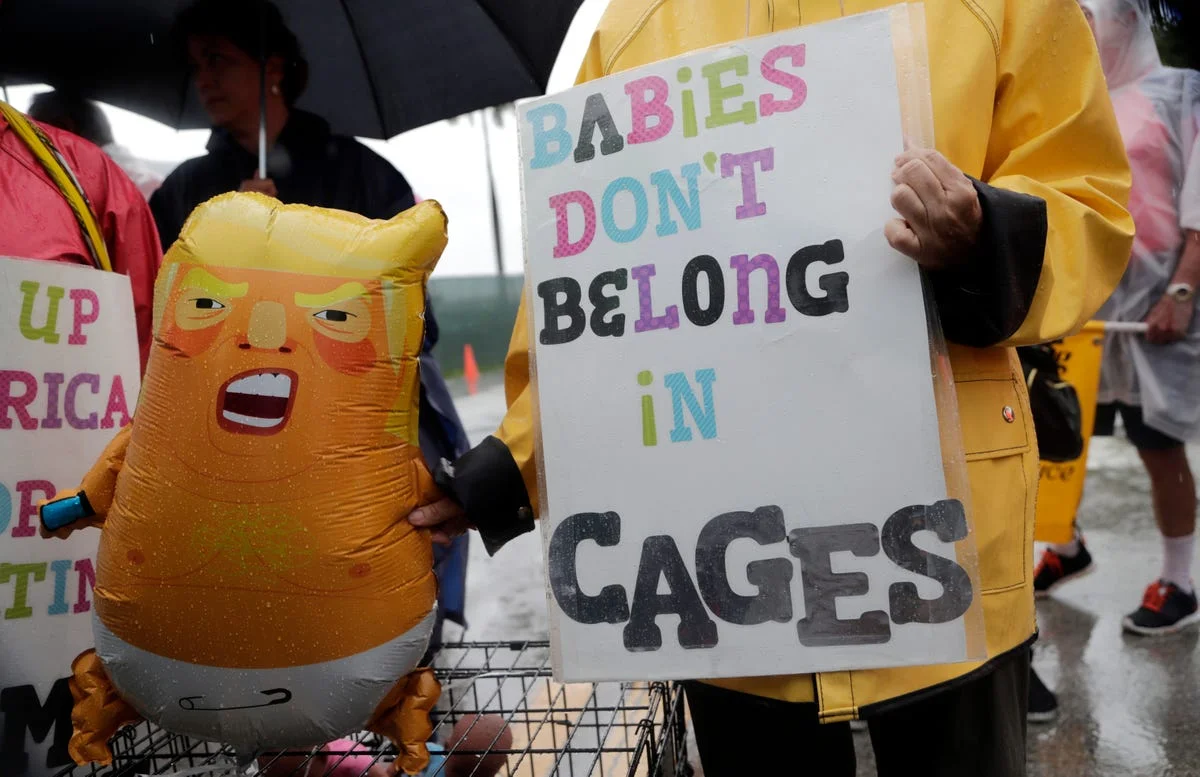

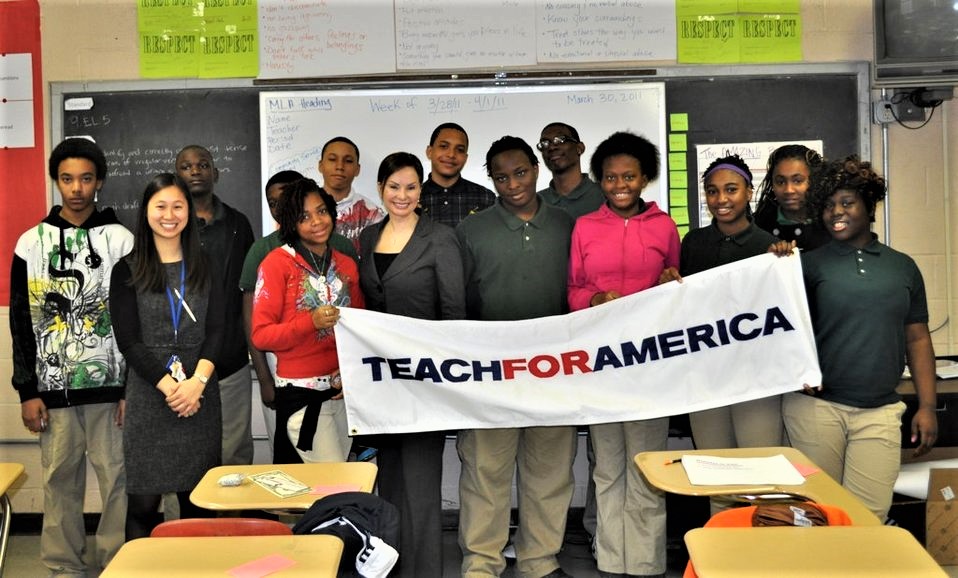

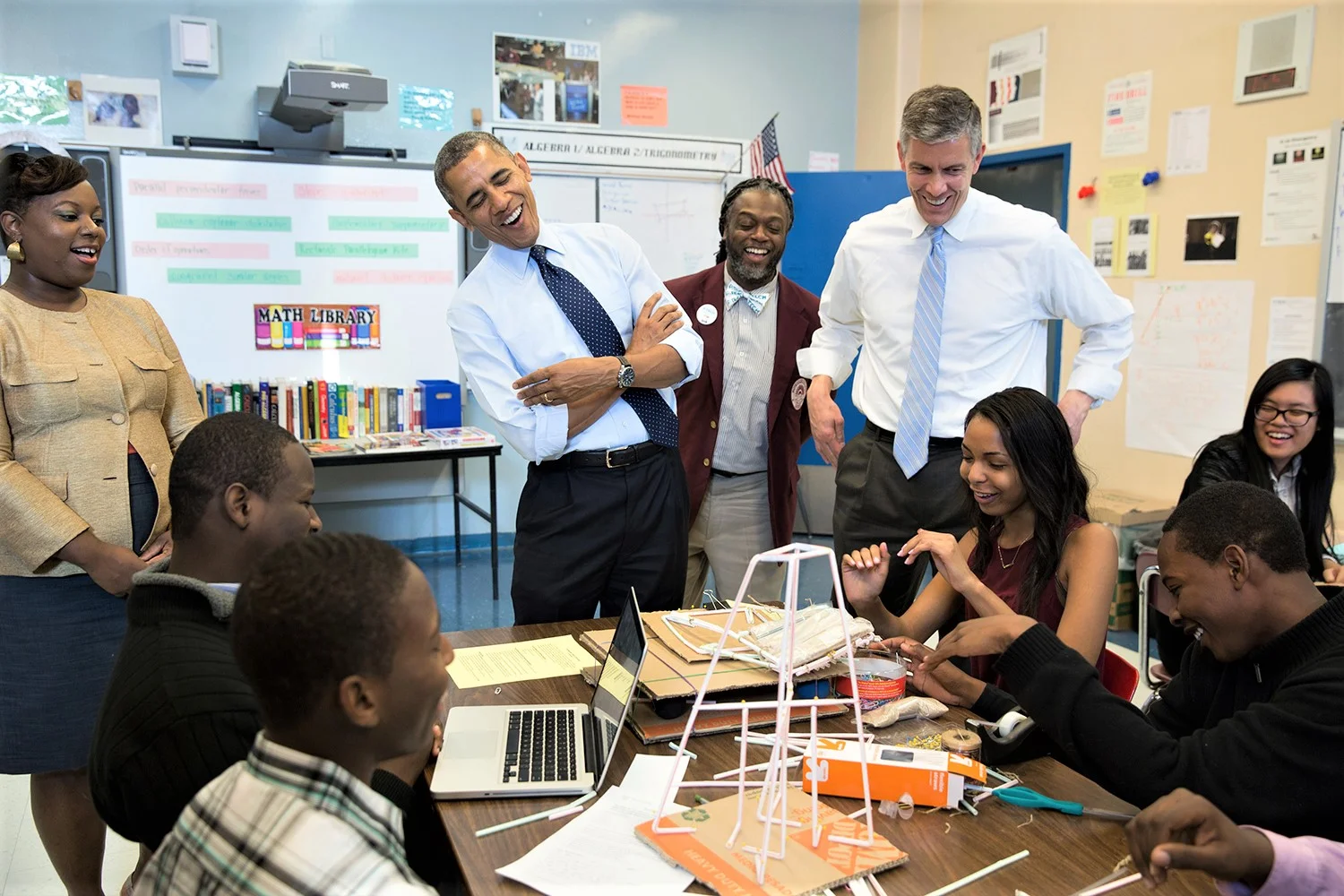





















![Kanye West's [aka Ye] Refusal to Treat His Mental Illness Is No Excuse For His Anti-Semitism](https://images.squarespace-cdn.com/content/v1/55f45174e4b0fb5d95b07f39/1666238183530-4WVG9SNG88HTSKQ0WWDV/Is+Kanye-West-Running-Out-of-Platforms.png)






